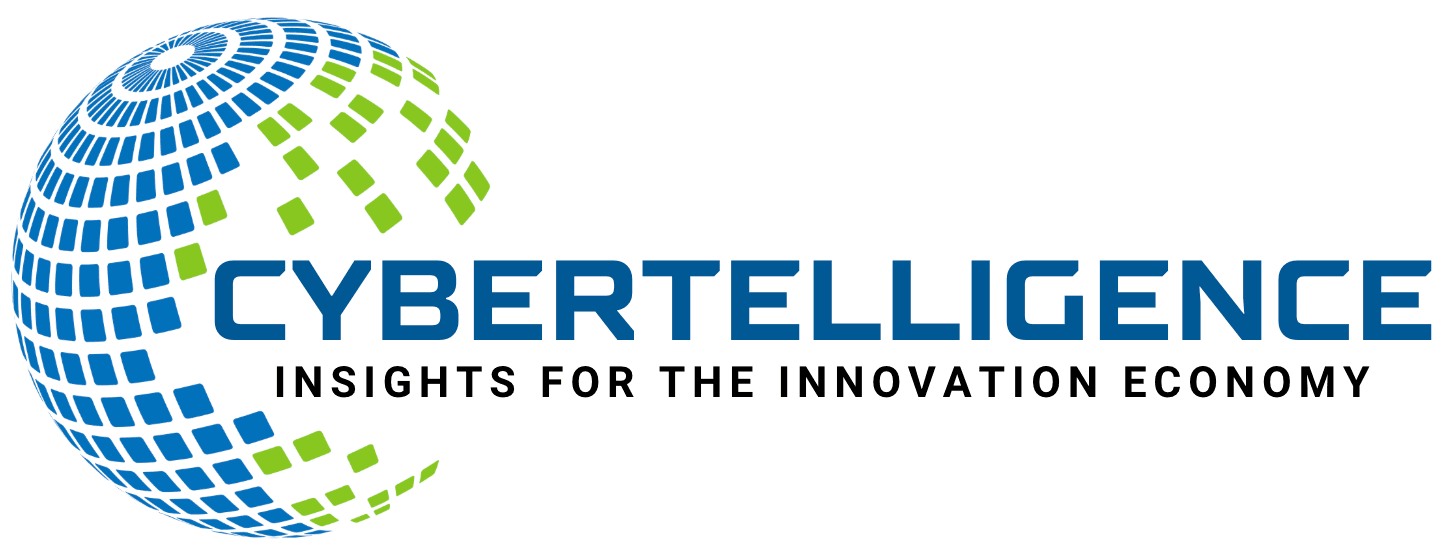As the world of cryptocurrency continues to evolve, Bitcoin mining stands at the forefront of technological advancements and environmental considerations. The future of this industry is shaped by a myriad of trends and innovations that promise to redefine how miners operate. With increasing scrutiny over energy consumption and environmental impact, the focus is shifting towards sustainable practices that not only enhance efficiency but also align with global efforts to combat climate change.
This transformation is not merely a response to regulatory pressures; it reflects a broader recognition of the need for responsible resource management in the face of growing energy demands. Moreover, the landscape of Bitcoin mining is being influenced by rapid technological advancements. Innovations in hardware and software are enabling miners to achieve higher levels of efficiency and profitability.
As competition intensifies, miners are compelled to adopt cutting-edge technologies that can provide them with a competitive edge. This includes everything from more powerful ASIC miners to sophisticated algorithms that optimize mining operations. The convergence of these trends suggests that the future of Bitcoin mining will be characterized by a blend of sustainability and technological prowess, paving the way for a more resilient and responsible industry.
Key Takeaways
- Bitcoin mining is moving towards more sustainable energy solutions to reduce its environmental impact.
- Advancements in mining hardware and technology are driving efficiency and productivity in the industry.
- Decentralized mining pools are on the rise, offering more opportunities for individual miners to participate.
- Regulatory challenges and opportunities are shaping the future of bitcoin mining, with potential for increased legitimacy and stability.
- Halving events have a significant impact on bitcoin mining, affecting profitability and the overall landscape of the industry.
Sustainable Energy Solutions in Bitcoin Mining
Renewable Energy Sources Gain Traction
Renewable energy sources like solar, wind, and hydroelectric power are becoming increasingly popular in mining operations. By harnessing these clean energy alternatives, miners can lower their operational costs and contribute positively to the environment.
Innovative Approaches to Energy Efficiency
In addition to utilizing renewable energy, many mining operations are exploring innovative approaches to energy efficiency. Techniques such as waste heat recovery and energy storage systems are being implemented to maximize resource utilization. These advancements not only enhance the sustainability of mining operations but also create opportunities for miners to engage in energy trading, further diversifying their revenue streams.
A Sustainable Future for Bitcoin
As the industry continues to embrace sustainable practices, it is likely that we will see a growing number of initiatives aimed at promoting eco-friendly mining solutions, ultimately leading to a more sustainable future for Bitcoin.
Advancements in Mining Hardware and Technology
The relentless pursuit of efficiency in Bitcoin mining has spurred remarkable advancements in hardware and technology. Miners are now equipped with highly specialized ASIC (Application-Specific Integrated Circuit) devices that offer unparalleled processing power while consuming less energy. These innovations have drastically improved hash rates, allowing miners to solve complex mathematical problems more quickly and effectively.
As technology continues to evolve, the introduction of next-generation mining rigs promises even greater performance enhancements, enabling miners to stay competitive in an ever-changing market. Furthermore, software developments play a crucial role in optimizing mining operations. Enhanced algorithms and machine learning techniques are being employed to analyze data and predict market trends, allowing miners to make informed decisions about when and how to mine.
This integration of advanced technology not only streamlines operations but also reduces costs associated with downtime and inefficiencies. As the industry embraces these advancements, it is clear that the future of Bitcoin mining will be heavily influenced by ongoing innovations in both hardware and software. For more information, visit Bitcoin.org.
The Rise of Decentralized Mining Pools
| Year | Number of Decentralized Mining Pools | Percentage of Total Mining Pools |
|---|---|---|
| 2015 | 10 | 5% |
| 2016 | 15 | 7% |
| 2017 | 20 | 10% |
| 2018 | 25 | 12% |
| 2019 | 30 | 15% |
Decentralized mining pools are emerging as a significant trend within the Bitcoin mining ecosystem. Traditionally, miners have relied on centralized pools to combine their computational power and increase their chances of earning rewards. However, the rise of decentralized alternatives is reshaping this dynamic by promoting greater autonomy and reducing reliance on single entities.
These decentralized pools leverage blockchain technology to distribute rewards more equitably among participants, fostering a sense of community and collaboration among miners. The benefits of decentralized mining pools extend beyond just fairness; they also enhance security and resilience against potential attacks or failures within centralized systems. By distributing power across a network of participants, these pools mitigate risks associated with centralization, such as vulnerability to hacking or regulatory scrutiny.
As more miners recognize the advantages of decentralization, it is likely that this trend will continue to gain traction, leading to a more democratized and robust mining landscape.
Regulatory Challenges and Opportunities for Bitcoin Miners
The regulatory environment surrounding Bitcoin mining presents both challenges and opportunities for miners worldwide. As governments grapple with the implications of cryptocurrency on their economies and environments, regulations are evolving rapidly. While some jurisdictions have embraced Bitcoin mining as a means of economic growth, others have imposed strict regulations aimed at curbing its environmental impact.
This patchwork of regulations creates uncertainty for miners, who must navigate varying legal landscapes while striving to remain compliant. However, amidst these challenges lie opportunities for innovation and adaptation. Miners who proactively engage with regulators can help shape policies that promote sustainable practices while ensuring the industry’s growth.
By collaborating with governments and stakeholders, miners can advocate for frameworks that support responsible mining operations and encourage investment in renewable energy solutions. As the regulatory landscape continues to evolve, those who embrace compliance as an opportunity rather than an obstacle will likely emerge as leaders in the industry.
The Impact of Halving Events on Bitcoin Mining
The Significance of Halving Events
Halving events are pivotal moments in the Bitcoin ecosystem that significantly impact mining dynamics. Occurring approximately every four years, these events reduce the block reward for miners by half, effectively tightening the supply of new bitcoins entering circulation.
The Consequences for Miners
The implications for miners are profound; as rewards diminish, only those with efficient operations can sustain profitability. This creates an environment where innovation and cost management become paramount for survival.
The Ripple Effect on the Bitcoin Ecosystem
Historically, halving events have led to increased interest in Bitcoin as scarcity drives up demand. This surge can result in heightened competition among miners as they race to secure rewards before the next halving occurs. Consequently, miners often invest heavily in upgrading their hardware and optimizing their operations in anticipation of these events.
The Future of Bitcoin Mining
As the next halving approaches, it is expected that miners will continue to adapt their strategies, further shaping the future landscape of Bitcoin mining.
The Emergence of Green Mining Initiatives
In response to growing concerns about the environmental impact of Bitcoin mining, green initiatives are gaining traction within the industry. These initiatives aim to promote sustainable practices by encouraging miners to adopt renewable energy sources and implement eco-friendly technologies. From utilizing excess energy generated by renewable sources to participating in carbon offset programs, miners are increasingly recognizing their responsibility towards environmental stewardship.
The emergence of green mining initiatives not only addresses environmental concerns but also enhances the public perception of Bitcoin as a legitimate financial asset. By showcasing their commitment to sustainability, miners can attract socially conscious investors and consumers who prioritize eco-friendly practices. As awareness around climate change continues to rise, it is likely that green initiatives will play a crucial role in shaping the future of Bitcoin mining, fostering a more sustainable industry overall.
The Role of Artificial Intelligence and Machine Learning in Bitcoin Mining
Artificial intelligence (AI) and machine learning (ML) are poised to revolutionize Bitcoin mining by introducing unprecedented levels of efficiency and optimization. These technologies enable miners to analyze vast amounts of data in real-time, allowing them to make informed decisions about their operations. From predicting market trends to optimizing energy consumption, AI and ML can significantly enhance the profitability of mining endeavors.
Moreover, AI-driven algorithms can improve hardware performance by dynamically adjusting settings based on real-time conditions. This adaptability ensures that miners can maximize their output while minimizing costs associated with energy consumption and equipment wear. As these technologies continue to advance, they will likely become integral components of successful mining operations, further transforming the landscape of Bitcoin mining into a more data-driven and efficient industry.
FAQs





